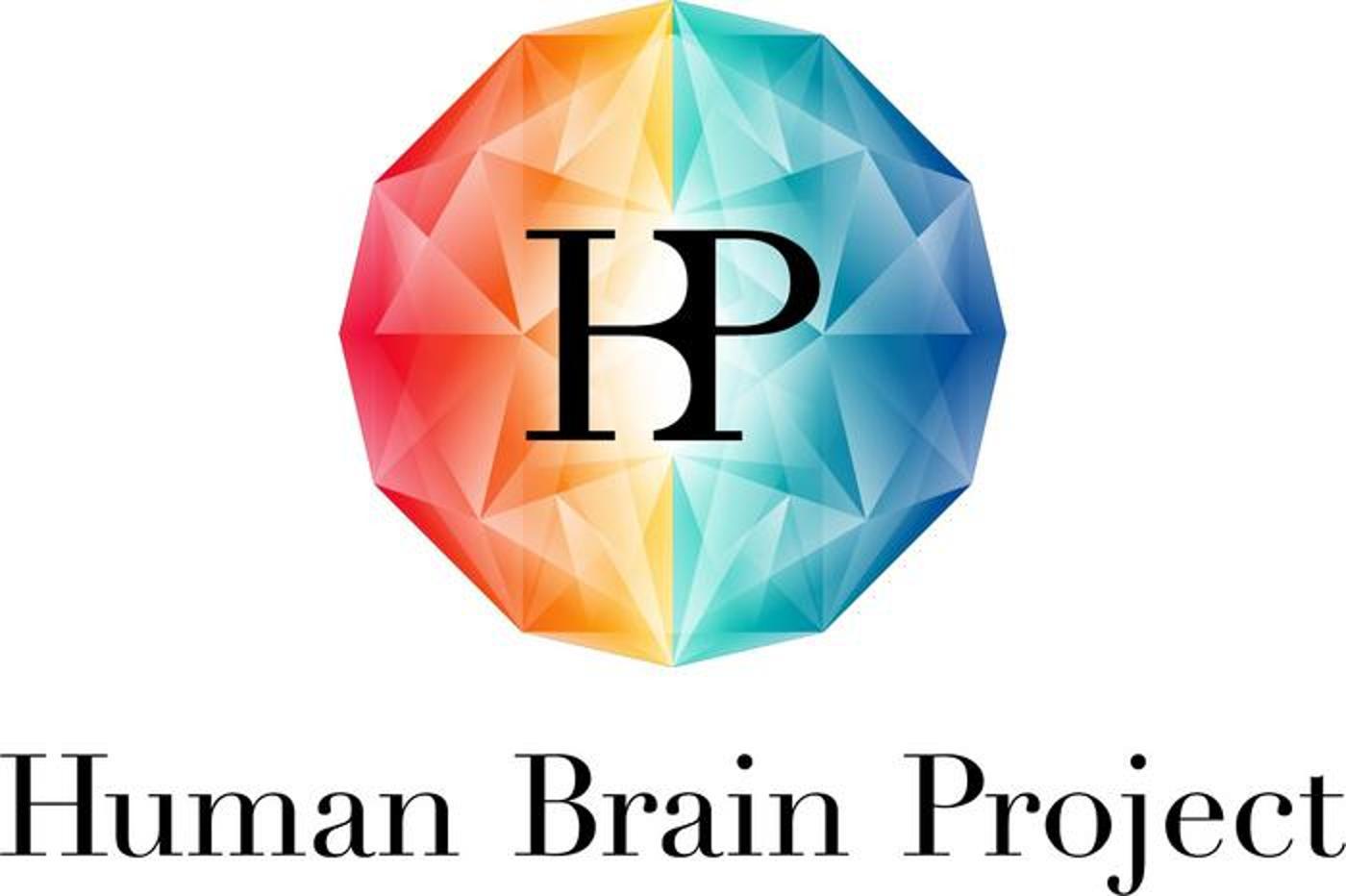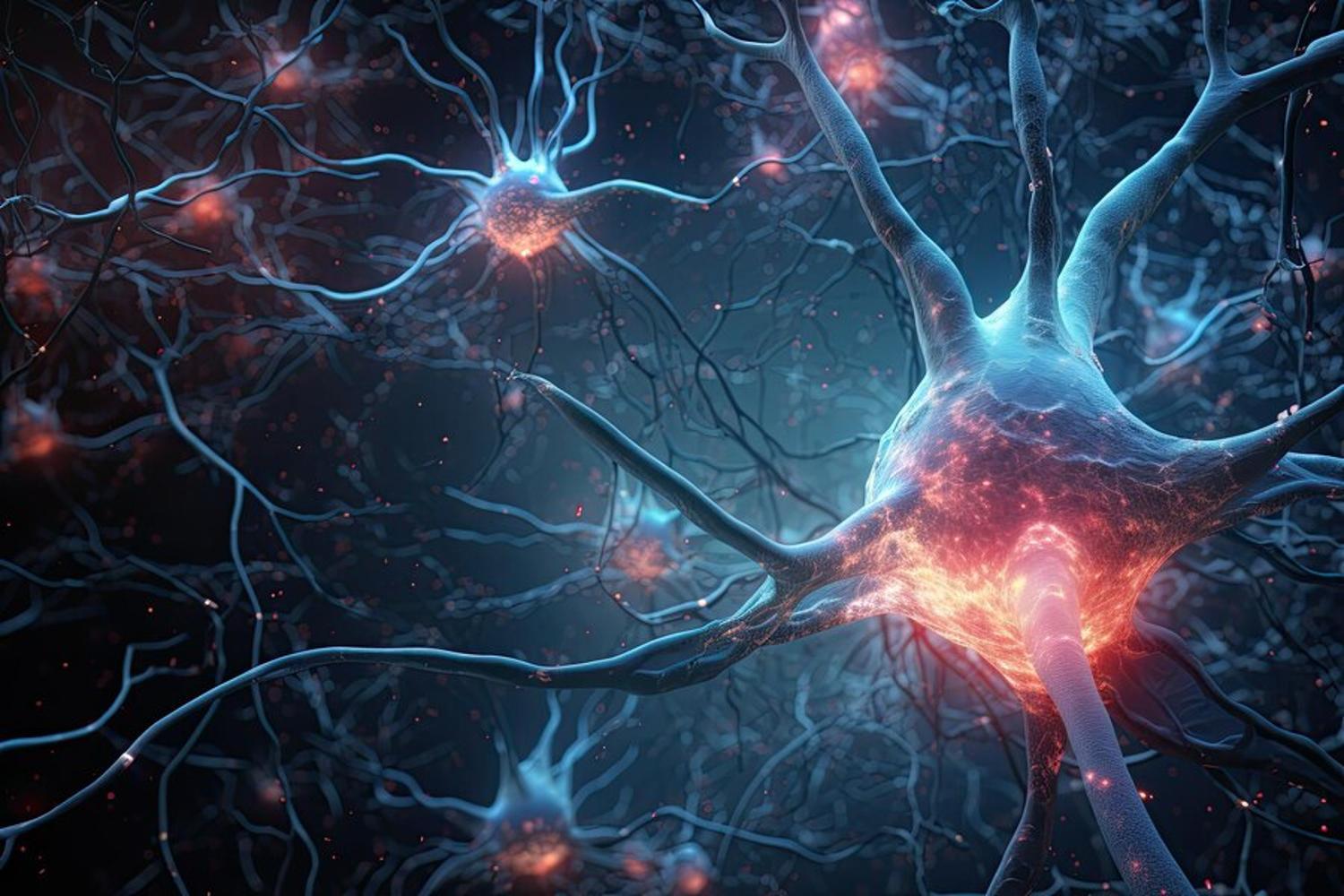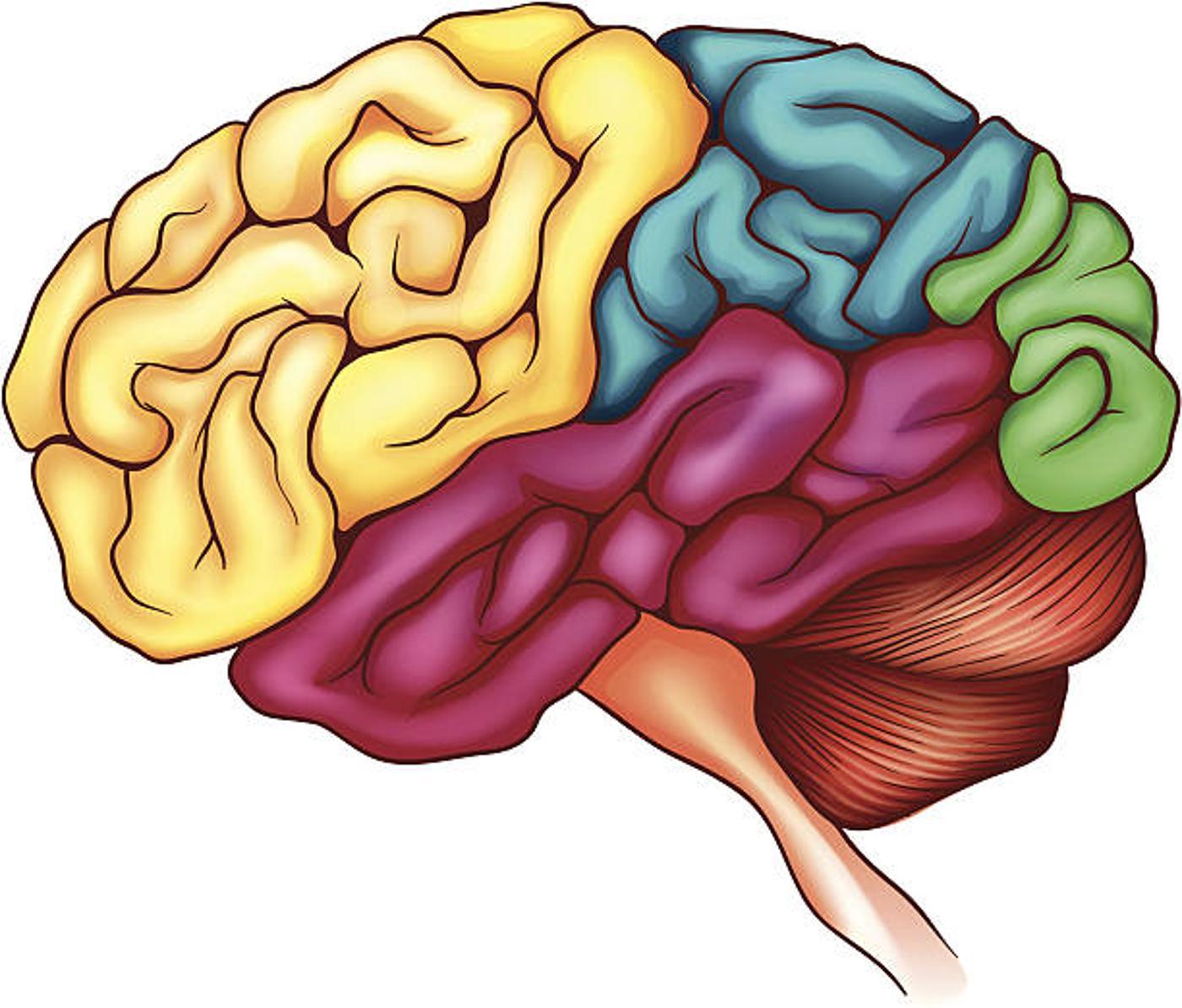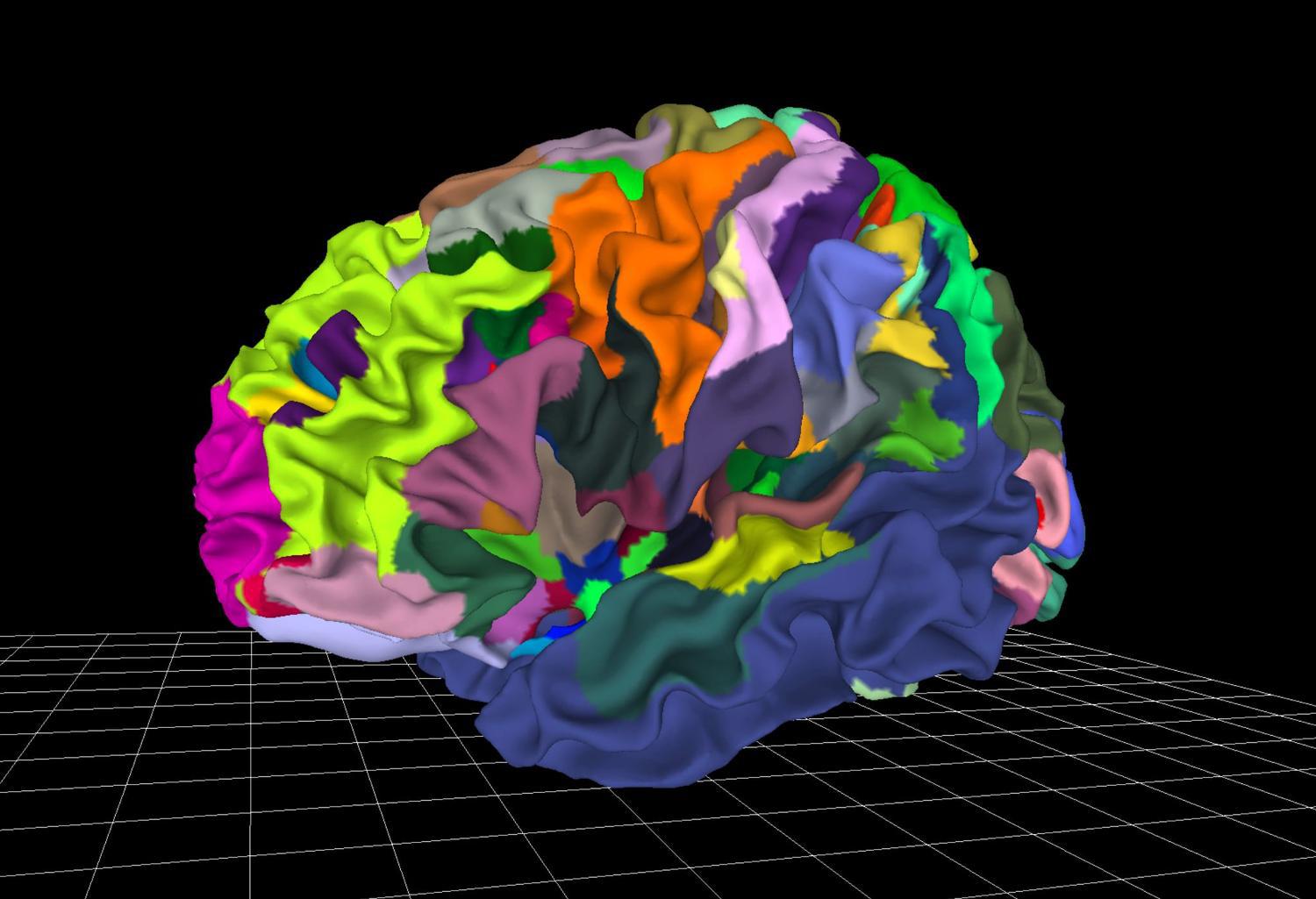Scientists have been desperately trying to understand the human brain for centuries. In fact, even with modern medicine and technology what they are today, scientists still don’t fully understand this incredibly complex organ.
However, thanks to a recent study, they finally know just a bit more about the neurons that ensure our brains function; they now know that these essential signals are governed by one mathematical rule.
The Human Brain Project

Researchers at the Human Brain Project, a ten-year intensive study into the human brain, conducted pioneer studies to learn as much as they could about how the brain works.
Over the course of a decade, researchers of the Human Brain Project made several crucial discoveries, including the fact that neurons follow a distinct mathematical pattern.
What Are Neurons?

Before trying to understand how neurons move throughout the brain, it’s first important to know what they are and how they function.
According to the National Institute of Neurological Disorders and Stroke, “Neurons are nerve cells that send messages all over your body to allow you to do everything from breathing to talking, eating, walking, and thinking.”
Taking Random Movements and Finding a Pattern

First, the Human Brain Project researchers decided to track the seemingly random movement of neurons throughout the brains of several humans and animals, including mice, owl monkeys, baboons, macaques, galagos, and marmosets.
And they noticed that when neuron densities in various regions of the brain were compared, a common lognormal distribution pattern emerged.
What Is a Lognormal Distribution Pattern?

A lognormal distribution pattern is “a continuous probability distribution of a random variable whose logarithm is normally distributed.”
In other words, it’s when a variable often follows a wider curve pattern than a normal distribution. An example of a lognormal distribution can be seen in population maps, where there are very few large cities and many small towns.
Some Brain Regions Have More Neuron Density Than Others

The study noted that, like population maps, certain areas of the brain contain a higher neuron density than others. But, interestingly, the regions with lower neuron density have more synapses per neuron.
As neuroscientist Sacha van Albada of the Jülich Research Center explained, “If the density of synapses is constant, regions with lower neuron density will receive more synapses per neuron.”
Neural Variation Is Not Random

The researchers also noted that, while finding the lognormal distribution in the brain was undoubtedly exciting, they also wanted to discover why the brain’s neurons follow this abnormal pattern.
They have suggested that the movement of the brain’s neural network is not random but, in fact, developed as a lognormal distribution throughout evolution to help animals survive and even thrive.
How Does a Lognormal Neural Pattern Help Us?

Although they believe that a lognormal neural pattern actively helps animals and humans learn in changing environments, they cannot yet confirm this theory.
As the study’s co-author, Aitor Morales-Gregorio, explained, “We cannot be sure how the lognormal distribution of neuron densities will influence brain function, but it will likely be associated with high network heterogeneity, which may be computationally beneficial.”
Understanding Neural Patterns Could Help Treat Brain Diseases

This discovery is vitally important not only for neuroscientists but for the entire population.
Researchers believe that by identifying the patterns of neurons, they may be able to improve the existing treatment for brain diseases and even pave the way for new drugs that will target specific areas of the brain.
Neurons Aren’t the Only Part of the Brain That Move in a Lognormal Distribution Pattern

It’s interesting to note that lognormal distribution patterns are not unique to the brain’s neurons. In fact, this mathematical pattern was seen in several areas of the human and animal brains.
The study explained, “Our results are in agreement with the observation that surprisingly many characteristics of the brain follow lognormal distributions.”
Why Are Lognormal Patterns Common in Complex Animal Brains?

It may surprise some people to learn that lognormal distribution patterns are so common in complex animal brains, but researchers believe there is a specific reason.
As the study’s co-author, Alexander van Meegen, explained, “One reason why it may be very common in nature is because it emerges when taking the product of many independent variables.”
More Research Will Need to Be Conducted Before Doctors Can Use This Information

Realistically, this discovery is still far too new to be used by doctors to treat or design new medications for brain disease. A great deal more research needs to be conducted before that can happen.
However, there is no doubt among scientists and medical researchers alike that finding a lognormal distribution pattern in the brain’s neurons could change the way we understand and care for brains for generations to come.








































